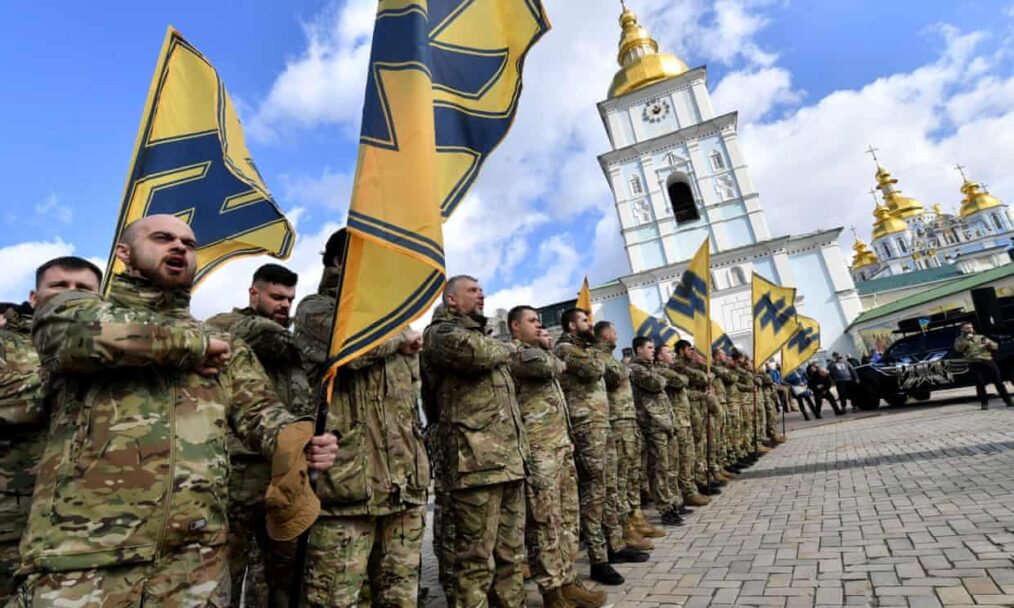This is the second piece in a series examining the ongoing extremist threat in Mozambique.
Cabo Delgado, the northernmost region of Mozambique, has been plagued by a radical Islamist insurgency since 2017. But it is only in the last couple of months that the conflict has become a staple of the international news cycle. This relatively low-level insurgency has been carried out by Ahlu-Sunnah Wa-Jama (ASWJ), locally known as al-Shabaab (the youth).
The dramatic siege of Palma, where they terrorized a large district capital for four days in March, and the growing identification of ASWJ with the Islamic State, has prompted a recent whirlwind of pledges and policy responses from international actors.
Though next week’s piece will discuss the methods and missteps of the government and its foreign partners in handling the crisis, we must first understand this seemingly rag-tag group that has evoked such a mass mobilization of troops and resources from around the world.
Identities Along the Coast
Islam has a long history in Mozambique, dating to the 8th century when Muslim traders and conquerors began traversing much of the Indian Ocean, including East Africa. For centuries, Sufism, or mystic Islam, was dominant among Cabo’s Muslims. But the global expansion of traditionalist Salafism and Saudi-oriented Wahhabism in the 1950s and ‘60s produced greater antagonism towards older forms of Islam in Cabo. The new imams and cadres criticized Sufism for allegedly deviating from Islamic doctrine and being too accepting of Western vices and values.
Three such mosques became staples of the community in Mocímboa da Praia, a district in Cabo Delgado. There, preachers and coastal youth were put in touch with the larger transnational network and ideology of Salafism. Particularly, the teachings of the late Sheikh Rogo. Rogo, sanctioned by the US and UN for supporting Somalia’s al-Shabab, sought the creation of an Islamic State. Upon his death, several of his students immigrated to Cabo. Even though the three mosques have since been shuttered by authorities, many of their adherents became foot soldiers for the nascent ASWJ.
But the at-risk youth who populate Cabo Delgado, are just as vulnerable to socioeconomic pressures as they are to the ideological. ASWJ’s mixture of fundamentalism and banditry offers a sense of belonging, alongside material gains to Cabo’s youth. These young people have been largely disengaged and disillusioned with Mozambican politics, living under the same party their whole lives, with very little economic opportunity even when a trove of natural gas is discovered right in their community.
Relative deprivation theory, elucidated in Ted Gurr’s 1970 classic Why Men Rebel, holds that social upheaval occurs when communities see opportunities that they can’t access. One then understands the path connecting long-abandoned youth to an insurgency eager for recruits.
Identities Exploited for Violence
The March 2021 siege of Palma, capital of Cabo’s northernmost district, can be seen as the culmination of four years of skirmishes and terror across the Mozambican-Tanzanian frontier. ASWJ’s structure and membership originally came from the three mosques in Mocímboa da Praia. It was there that they first declared war. Since their two-day occupation of Mocímboa da Praia in 2017, ASWJ has rapidly increased the scale and number of attacks. This was from 110 attacks between October 2017 and June 2019, to 357 in the first nine months of 2020 alone.
Similar economic woes and shared communal identities have also caused many Tanzanians to come across the border and fortify ASWJ’s numbers and resources. Adding to their momentum, in 2019 the Islamic State (IS), claimed ASWJ as a branch of its Central Africa Province. Consequently, observers have noted that ASWJ uses similar tactics to IS and sometimes waves its notorious black flag during raids.
In what seems like death by a thousand cuts, the people and infrastructure of Cabo Delgado have been bled dry by hit-and-run tactics and cruel, destructive violence. Over 4,000 have died and 600,000 have been displaced thus far. Consequently, the UN recently warned that almost one million people face severe hunger in the region.
Barely able to regain Palma, Mozambican forces will likely be unable to determine the death toll from this bold assault. As a result, the government believes it will take at least $114 million to rebuild Palma. Now the government, much like the Portuguese half a century ago, is left to deal with an insurgency in a region where outside involvement has rarely been constructive or peaceful, and guerrillas are able to sustain themselves for years on end.
A great deal of troops, guns, and finances will be siphoned into the area, but blind violence will likely be unable to dislodge the insurgency. This insurgency is dually rooted in the spiritual conceptions the people have of themselves and the very real experiences they live through every day. Only by understanding this can effective policy be made.





